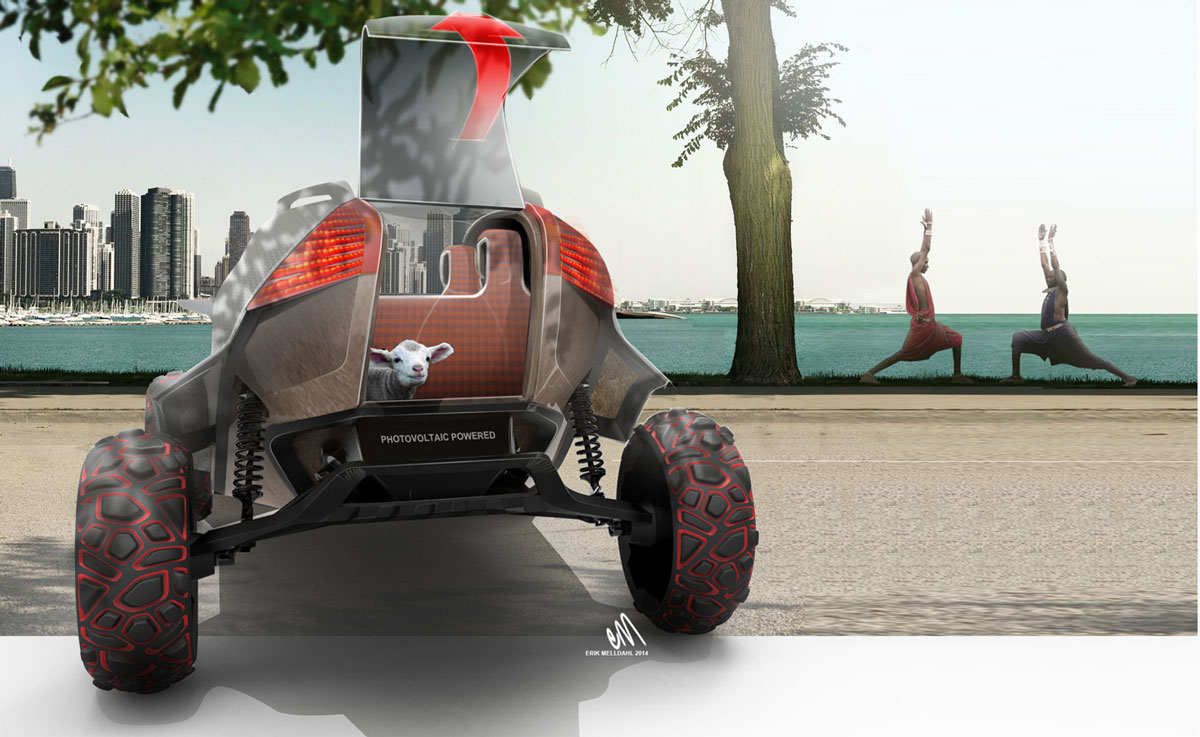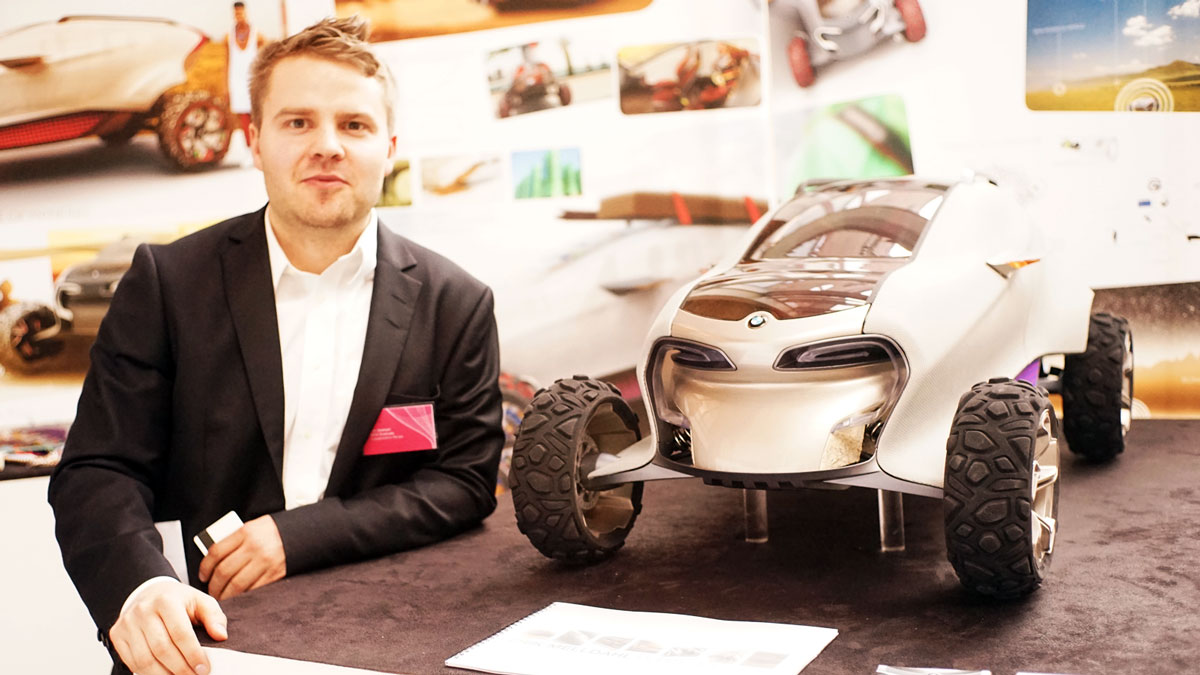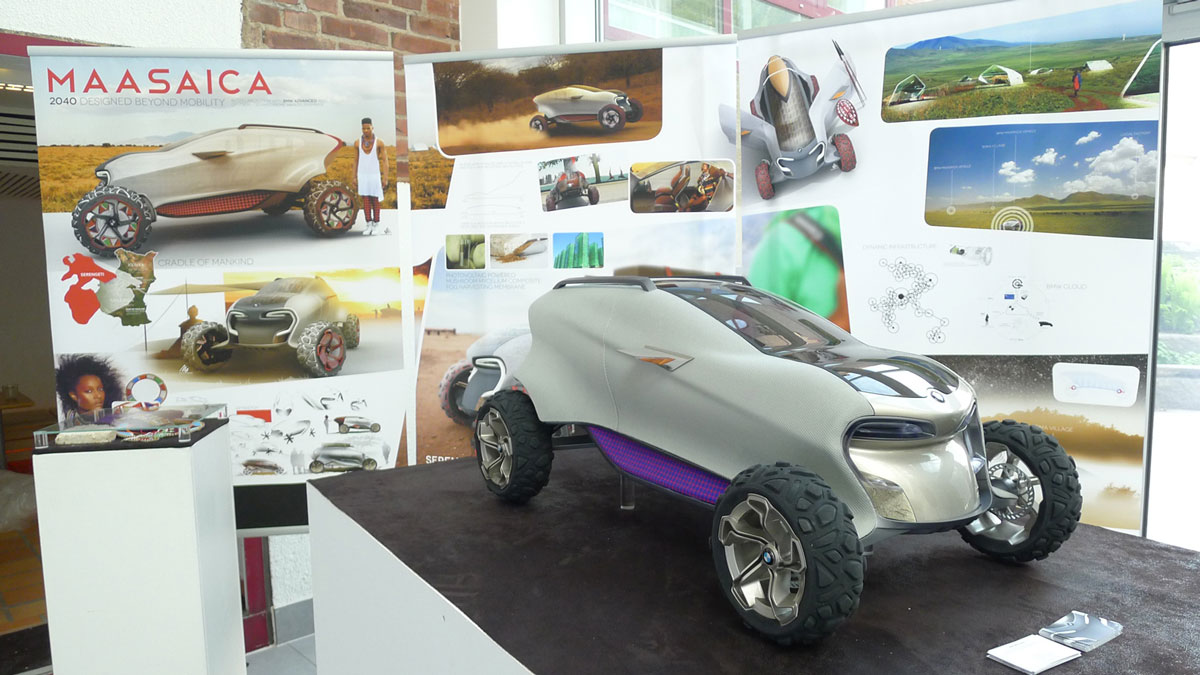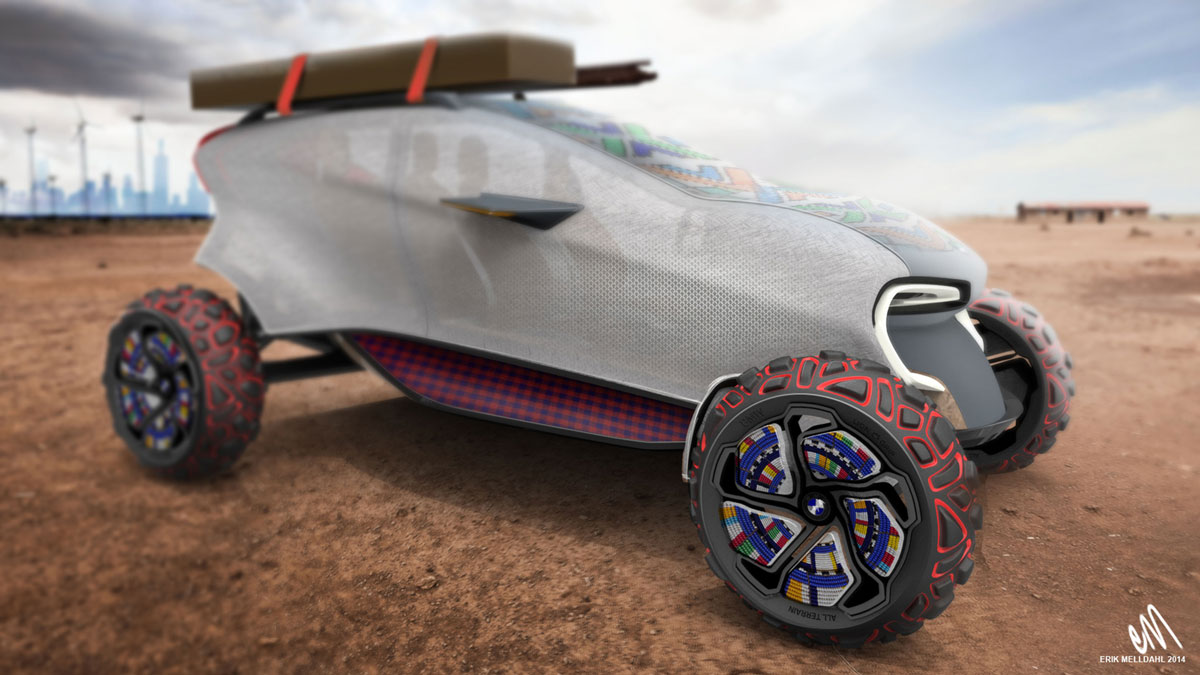BMW’s Maasaica concept vehicle is a sustainable, biodegradable 3D printable car designed to be locally manufacturable and maintainable in even the remotest parts of Africa.
Swedish designer Erik Melldahl created the concept and worked closely with BMW to create an eco-friendly car optimized for developing nations with less resources and less pollution standards than the West. As China and India face record economic expansion and the average citizen enjoys a much higher standard of life, pollution from emergent industry and an increased number of vehicles is becoming a much greater problem.
Maasaica – the Latin world for a Kenyan lion – was designed specifically for the needs and living conditions of the Maasai tribe in the Serengeti, however Melldahl believes the concept would be easily adaptable to other habitats. He sees the concept as a way to bring developing nations into the future without endangering the environment.
Melldahl explains “By taking advantage of traditional craftsmanship, new manufacturing methods and [the] existing African mentality of upcycling, the concept Maasaica is showing how the automotive industry could take part [in] the 3rd new sustainable industrial revolution. A revolution that would create an Africa that would have no negative effects on the environment.”

The frame of the car would have a simple 3D printable structure surrounded by an organic mushroom mycelium material that can be grown into the correct shape in a matter of days. Mushroom mycelium are the fibrous parts of a mushroom that grow underground and when combined with locally grown grass will create a strong and durable composite material. The organic car body would be 100% biodegradable while the surface would have a water collecting membrane stretched over it that would store water for recycling or to cool off the car during use. Additionally, solar collecting panels could easily be attached to the car to power an electric engine, however any type of engine could easily be used in the car.
The concept envisions a future with large 3D printer farms in parts in Africa where locals could come and purchase pre-made 3D goods, bring their own 3D files to be printed, or work with a designer to create something of their own design suited to their specific needs. Locals would purchase the plans for the car directly from BMW, take it to a 3D printer farm and have it constructed for them. And because everything is 3D printed, any customisations could be easily added before printing, and any needed replacement parts could be made in a matter of hours.
It is important to understand the conceptual nature of the Maasaica, which if it moves forward, is decades from being a reality, but it’s still a fascinating look at what the future of cars could be, and how modern technology could help developing nations expand without risking the environment. It could also teach us a thing or two about how easy it could be for us to start designing products that are sustainable and produce less waste.






